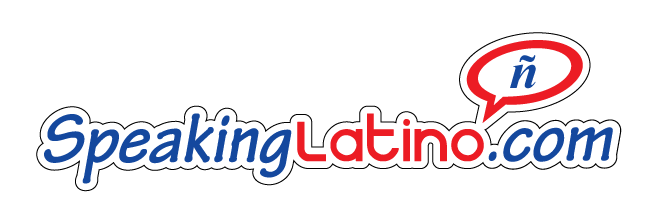
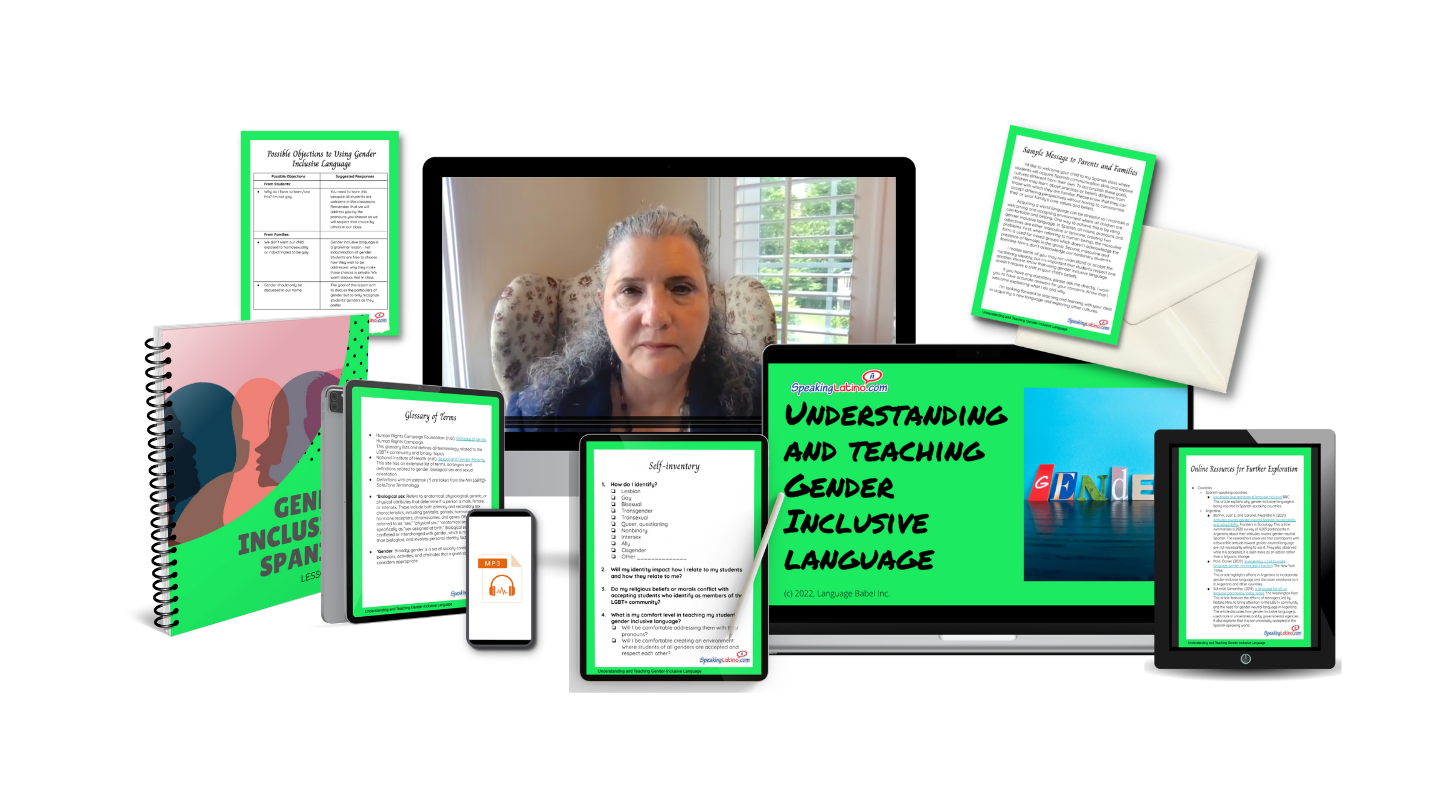
Teaching Gender-Inclusive Language
A Course by Dr. Jenny Santilli
Teach Gender Inclusive Language without feeling overwhelmed, pressured, or confused about where to begin.
100% Money-back guarantee
100% Money-back guarantee
NOT SURE ABOUT HOW TO PRESENT Gender-Inclusive Language?
Imagine walking into your next department or administration meeting comfortable with discussing the topic of gender-inclusive language and quickly answering any questions your colleagues or administrators have.
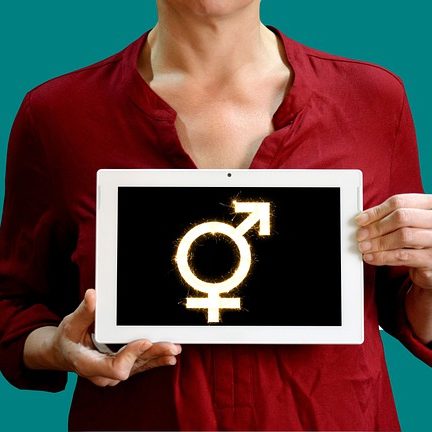
And all because you know how to...
Explain why some teachers are for teaching gender-inclusive (GI) language and some are against it.
Share why you believe gender-inclusive language should be part of your teaching.
Walk your colleagues through the steps of which GI language to introduce to your students (and easily explain the main structures that exist).
Respond to inquiries from parents, department heads, administrators and even your own students about GI language.
You might be thinking:
No Worries!
WE WALK YOU THROUGH EVERY STEP OF THE WAY
100% Money-back guarantee
"Part of empowering our students to be globally competent is creating a community in the classroom where all are recognized, accepted and free to be themselves."
- Dr. Jenny Santilli
Understanding and Teaching Gender Inclusive Language Course Creator

Understanding and Teaching Gender Neutral Language
You can do the course in under 10 minutes a day and finish within a week!
The total course time is under 60 minutes.

Course Includes:
100% Money-back guarantee
Here’s what you can expect from the Understanding and Teaching Gender-Inclusive Language course:
1
What Is Gender Inclusive Language?
This lesson answers why this is even a discussion generally and among world language teachers in particular.

2
Who Uses Gender Inclusive Language
This is an exploration of gender-inclusive language from around the world, why it is used and why some people are against using it.

3
Why It Is Important To Teach And Model Gender Inclusive Language
As a world language teacher, you have an incredible opportunity to positively impact the world vision, well-being, and mental health of your students. Understanding GI-language is one tool available to achieve those goals.

4
How To Incorporate Gender Inclusive Language In Your Classroom
Explore the different methods of expressing gender inclusive language, their advantages, and disadvantages, and decide which version to teach and how to incorporate it in your classes.

5
How To Approach Students
Knowing your students is the crucial step to inform your decisions moving forward. Consider your students’ world language proficiency and their interest level in using gender inclusive language.

6
How To Approach Parents And Families
How to be proactive and inform your families of what you are teaching and, more importantly, why. Decide how to best approach your families.

7
How To Approach Administrators
Understand why it is important to approach your administrators about your curriculum and your steps to introduce gender-inclusive language.

Upon completing the course, you will be equipped with important resources to help you start teaching gender inclusive language in your classroom.
enroll now and receIve $60 in bonuses
your bonus toolkit to quickly put the course to action in your own classes
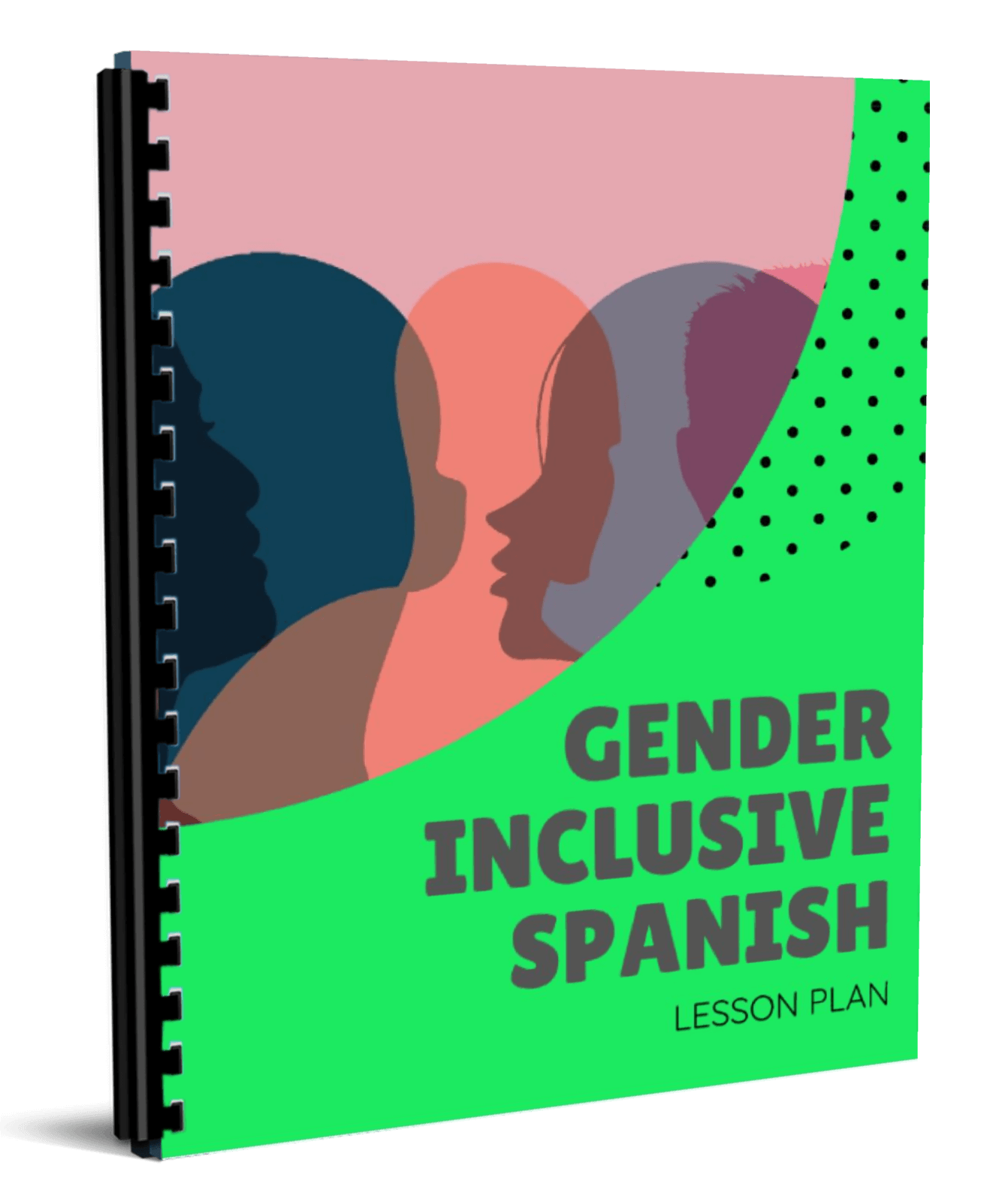
BONUS 1
Lesson Plan in English and Spanish
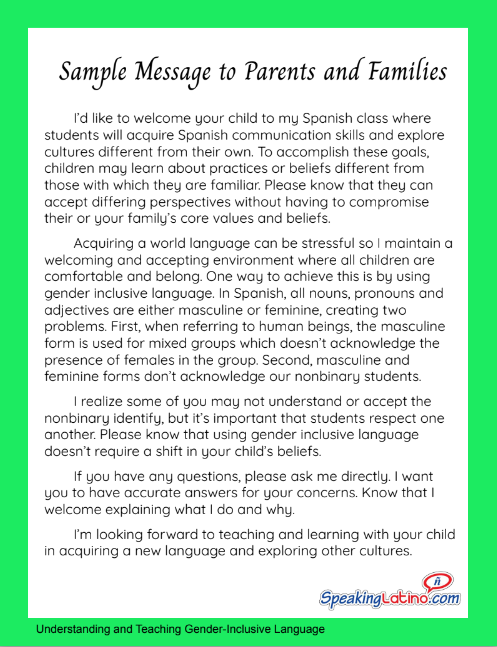
BONUS 2
Sample Message to Parents and Families
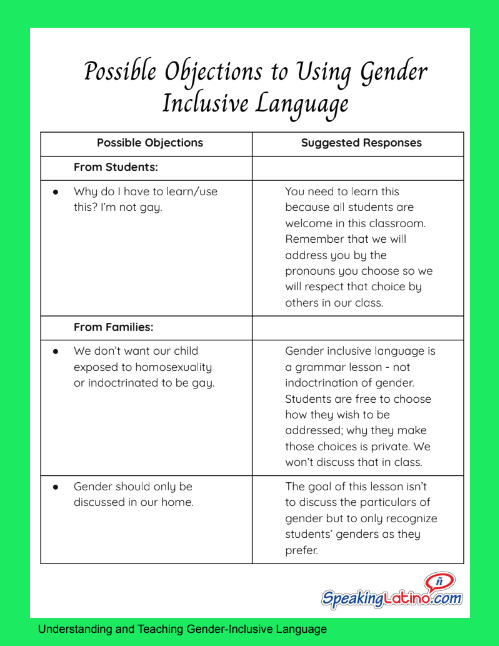
BONUS 3
A List of Possible Objections to Using GI Language and How to Answer Them
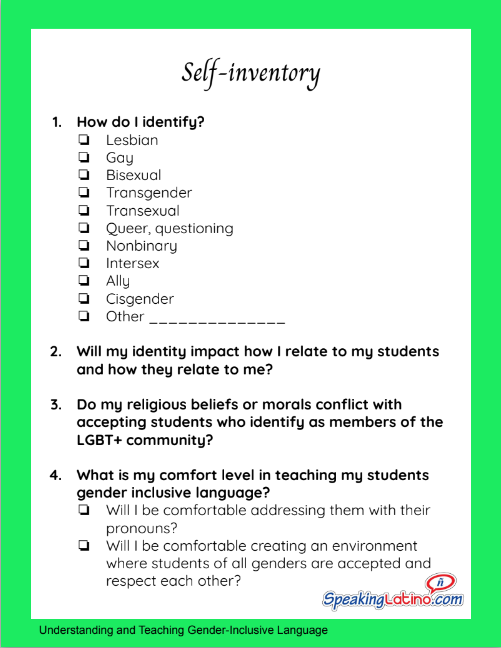
BONUS 4
Self-inventory
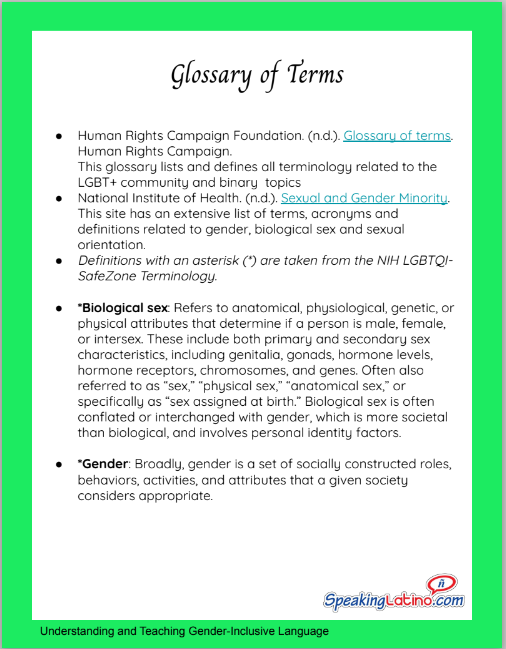
BONUS 5
Glossary of Terms
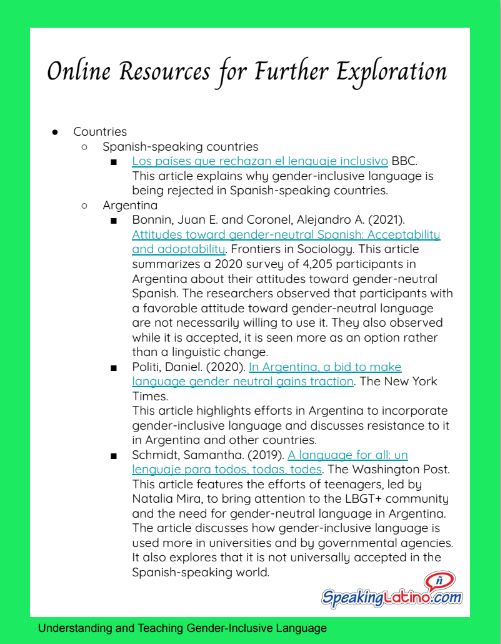
BONUS 6
Online Resources for Further Exploration
100% Money-back guarantee
"Teachers, especially world language teachers, have an incredible opportunity to positively impact the well-being and mental health of students by embracing gender inclusive language in their classes."
- Dr. Jenny Santilli
Understanding and Teaching Gender Inclusive Language Course Creator
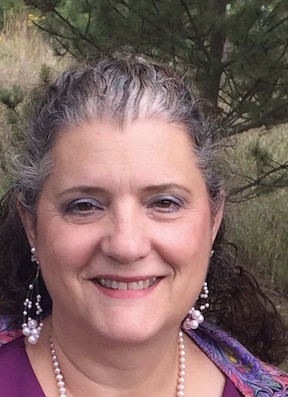
Dr. Jenny Santilli
Meet your course instructor
Dr. Jenny Santilli is an adjunct professor at Fairmont State University in West Virginia after a 40-year career teaching grades 5 through 12, every level from exploratory through Spanish level 5, including IB. Most of her time was spent in public schools. She presents at international, national, regional, and state conferences and is on the executive board of the West Virginia Foreign Language Teachers Association. As a mentor she has worked with pre-service and novice teachers as well as National Board Certification candidates. Her areas of focus are empowering students to become globally competent, civil discourse, how to teach controversial subjects, creating fair and equitable classrooms and keeping up to date with pedagogy.
We need to "create learning environments that are equitable, inclusive and safe from discrimination and violence".
- Dr. Jenny Santilli
Understanding and Teaching Gender Inclusive Language Course Creator
100% Money-back guarantee
You are fully protected by our 100% Satisfaction Guarantee
If Understanding and Teaching Gender-Inclusive Language doesn’t in any way help you decide whether to introduce GI language and help you introduce it if you decide to, simply email us within seven days for a prompt, courteous refund.
100% Money-back guarantee
Questions that Spanish teachers ask before joining
The lessons apply no matter which language(s) you teach. While the majority of the examples and conversation focus on the Spanish language, we do include debates from non-Spanish speaking communities about gender-inclusive language.
This is a video course so you will log into your course access and watch the videos at your own convenience.
We absolutely understand that your time is limited and precious. That’s exactly why we created this unique course format for you. Each lesson is four to seven minutes long. The full course will take you less than 40 minutes to watch.
¡Absolutamente no! It’s already available in your member dashboard.
You bet! We have a generous 7-day refund policy. Send us an email and we'll process a refund if this course is not a fit for you.
Email us at [email protected]. We usually answer within 24 hours.
100% Money-back guarantee
Copyright © 2023 Speaking Latino All Rights Reserved.
If you have any questions, please contact us at [email protected] or call us at 787-268-5292.
Terms of Service | Cancellation and Refund Policy | Privacy Policy | Member Log In